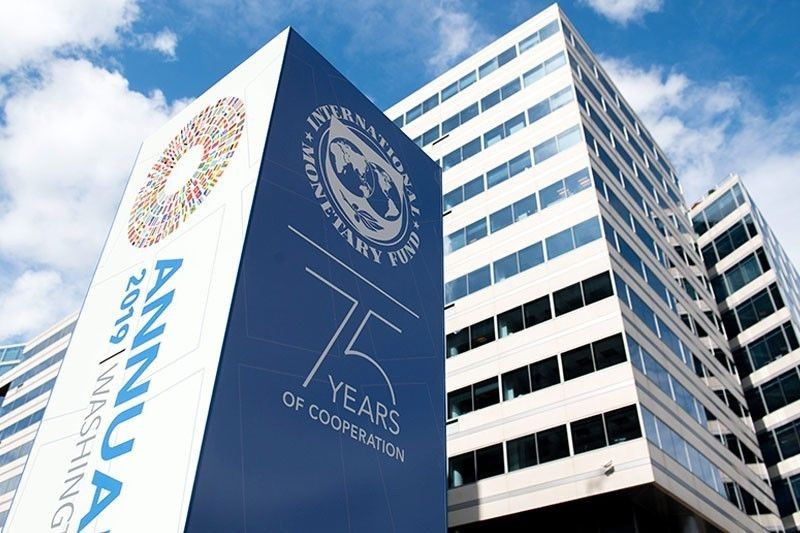Fully paid since 2006, Philippines shuns IMF loan during pandemic

MANILA, Philippines — The Philippines sees no need to borrow from the International Monetary Fund (IMF) to address potential liquidity gaps triggered by the coronavirus disease-2019 (COVID-19) outbreak, the Bangko Sentral ng Pilipinas (BSP) said on Tuesday.
“BSP sees no apparent and immediate need to avail of IMF’s short-term liquidity line (SLL),” BSP Governor Benjamin Diokno told reporters in a Viber message.
As countries in lockdown face a cash crunch due to tepid economic activity, IMF opened its SLL borrowing facility last April to serve as a “liquidity backstop” for members who would face “moderate, short-term” liquidity needs during the pandemic.
But liquidity appears to be not a problem in the Philippines, which in 2006 fully paid all its IMF loans and started lending to the agency in 2011. For one, Diokno said the country has a “hefty” stockpile of foreign reserves that hit a new all-time high of $89 billion as of end-March.
Reserves serve as buffer funds spent to settle external obligations like imports during economic shocks, and as of March, these funds were good to fund 7.9 months of imports. The global standard for reserve adequacy is pegged at a minimum of 6 months.
Against Philippines’ obligations, foreign reserves were equivalent to 3.8 times the value of the country’s external debt based on remaining maturities, data showed.
Even amid the pandemic, Diokno said reserves are even poised to increase to $93 billion by year-end, underscoring further the non-necessity of borrowing from the IMF. “As I said before, structural reforms and sound economic management have helped the Philippines enter the COVID-19 crisis from a position of strength,” he said.
The increase on reserves is predicated on the economy continuously recording a surplus in balance of payments (BOP) seen to hit $3.7 billion this year, albeit narrower than last year’s $7.84 billion.
A surplus on BOP indicates more dollar resources are generated from activities like exports and remittances than capital going out through imports and debt settlements. The surplus, in turn, helps push up reserves boost liquidity, and maintain the peso’s strength.
“The peso is stable. Year-to-date, as of May 15, the peso has outperformed most of its peers in the region which is least depreciated and second to the TWD (Taiwan dollar),” Diokno said.
Established in 1945, IMF lends to member-countries in dire need of liquidity and its lending, tied to conditions, is concentrated on providing cash to the entire economy so that it can service its external obligations. This is in contrast with lending from other institutions like the World Bank and Asian Development Bank (ADB) which are focused on specific programs that reduce poverty.
The Duterte government has turned to the World Bank and ADB for some of its financing needs to cushion the outbreak.
- Latest
- Trending




























